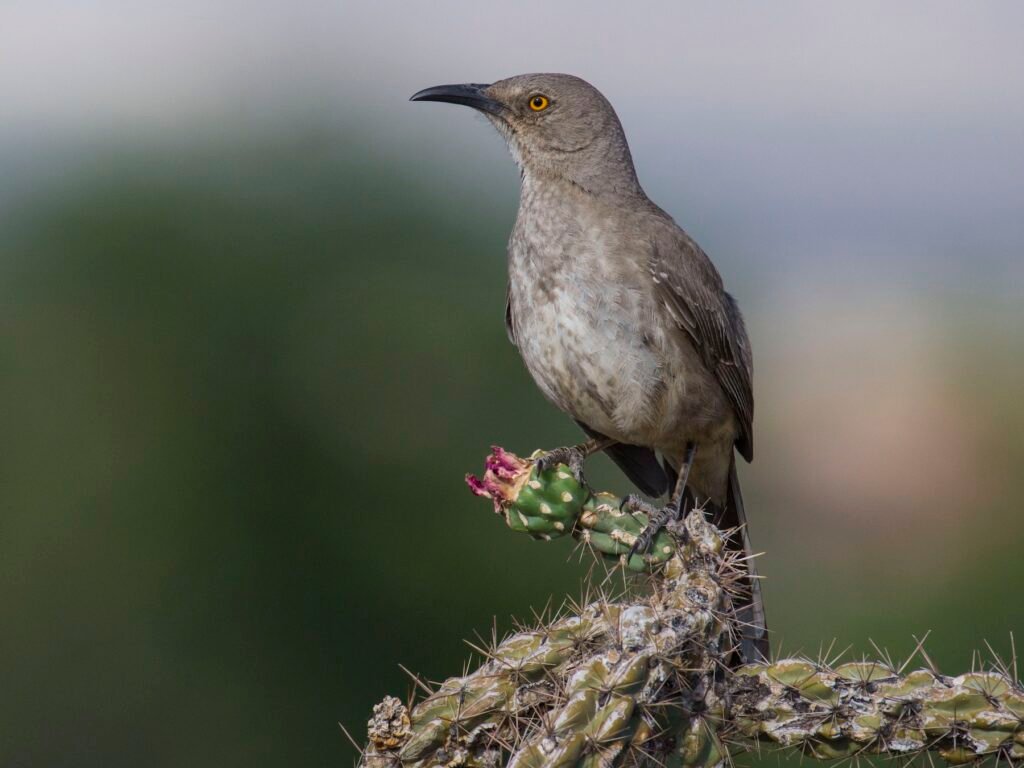Table of Contents
Introduction
Envision strolling through a cornfield and detecting some corn cobs looking a piece uncommon, canvassed in grayish-blue splotches. What you’ve found isn’t a plant illness to stress over however a culinary fortune exceptionally esteemed in Mexican food. This fortune, known as huitlacoche (articulated small tlah-KOH-cheh), is a delicacy that has been essential for Mexican food culture for quite a long time. Certain individuals could get befuddled and refer to it as huitlacoche bird however how about we eliminate any confusion: there’s no bird included. This mistake could emerge out of the name’s one of a kind sound or a basic misconception. Huitlacoche, otherwise called corn muck or corn mushroom, develops on maize plants when they get contaminated by a specific parasite. Rather than hurting the yield, this parasite transforms common corn bits into enlarged, tasty mushrooms that are a culinary expert’s fantasy.
In this blog entry, we’re jumping profound into the universe of huitlacoche bird We’ll investigate what makes it unique, how it’s utilized in dishes, its healthful advantages, and its place in Mexican culture. We’ll likewise handle the normal confusions about it, particularly the legendary “huitlacoche bird,” and show you how this parasite has turned into a connoisseur fixing a long ways past its modest starting points. Thus, how about we get everything rolling on this culinary excursion and uncover the mysteries of huitlacoche together.
What is Huitlacoche? Understanding the Delicacy
Huitlacoche could sound baffling, yet all the same it’s very straightforward. A kind of parasite taints corn, changing the bits into huge, mushroom-like nerves. These nerves are grayish or somewhat blue in variety and have a delicate, smooth surface. In contrast to other plant illnesses that ruin crops, huitlacoche is pursued for its novel flavor and surface. It has a taste that is frequently portrayed as gritty, smoky, and to some degree sweet, similar as mushrooms.
Ranchers in Mexico have known about huitlacoche for quite a long time and have involved it as a delightful expansion to their food. While in many regions of the planet, a growth tainted yield may be viewed as a misfortune, in Mexico, it’s a reason for festivity. The course of huitlacoche development is completely normal. At the point when the parasite Ustilago maydis taints a corn plant, rather than obliterating it, it makes something new and significant. This change is a lovely illustration of how nature can transform seemingly a hardship into a wellspring of sustenance and delight.
Nutritional and Culinary Aspects of Huitlacoche
Huitlacoche isn’t only valued for its taste yet in addition for its dietary advantages. It’s loaded with amino acids, proteins, and nutrients, for example, lysine, which is many times ailing in the standard corn diet. This makes huitlacoche a nutritious expansion to dinners, offering something beyond a charming flavor.
In the kitchen, huitlacoche is extraordinarily flexible. It very well may be utilized in various dishes, adding profundity and wealth any place it’s incorporated. The following are a couple of ways it’s generally utilized:
- Quesadillas and Tacos: Sautéed with onions, garlic, and flavors, huitlacoche bird makes a tasty filling.
- Soups: It tends to be mixed into velvety soups for an eruption of umami flavor.
- Sauces: Pureed huitlacoche bird can be transformed into a rich sauce that matches well with meat and pasta.
Its flexibility makes it a #1 among culinary experts who are hoping to add a bit of Mexican practice and a remarkable flavor profile to their dishes.
The Cultural Significance of Huitlacoche in Mexico
Huitlacoche holds an extraordinary spot in Mexican culture. It’s a connection to the country’s farming past and a demonstration of its culinary development. For a really long time, it’s been a piece of the eating routine in rustic regions, appreciated for the two its flavor and its dietary benefit. Its utilization in Mexican food mirrors a more extensive way of thinking of making the most out of what the land gives, transforming likely misfortunes into potential open doors.
The parasite is commended in different celebrations and culinary occasions across Mexico, displaying its significance past being a food thing. It addresses a culinary legacy that values supportability, imagination, and the profound kinds of the land.
Misconceptions and Clarifications: Huitlacoche Bird Explained
The expression “huitlacoche bird” could prompt some disarray, as there’s no bird engaged with huitlacoche. This misconception could come from error or a mistake in interpretation. It’s vital to explain that huitlacoche is a plant growth, a culinary delicacy with no association with birds or avian items. This explanation helps safeguard the precision and enthusiasm for Mexican culinary practices, guaranteeing that the special social and gastronomic setting of huitlacoche is perceived and regarded.
Growing and Harvesting Huitlacoche
Developing huitlacoche is an entrancing interaction that joins both goal and good fortune. Dissimilar to different yields that ranchers plant and sustain, huitlacoche bird requires a particular arrangement of conditions to flourish. Not something can be filled in any cornfield or whenever. The parasite, Ustilago maydis, normally taints maize crops under the right stickiness and temperature conditions, generally during the hotter, wetter months.
Ranchers who comprehend the worth of huitlacoche could energize its development by vaccinating their corn fields with the organism spores. In any case, this strategy requires information and timing to guarantee that the growth grows appropriately without harming the whole yield. Once the huitlacoche bird begins to shape, it’s collected manually. The planning of the collect is essential; assuming picked too soon, the nerves probably won’t have fostered their full flavor profile. Past the point of no return, and they could turn out to be hard and less alluring for culinary use.
The most common way of gathering huitlacoche bird is work concentrated, adding to its status as a delicacy. Each tainted ear of corn is investigated to guarantee that the huitlacoche is at the ideal phase of development before it’s painstakingly taken out. This careful meticulousness guarantees the greatest item winds up in the kitchen, fit to be changed into various dishes.
Huitlacoche in Modern Cuisine: From Traditional to Gourmet
Lately, huitlacoche bird has tracked down its direction from customary Mexican kitchens to connoisseur eateries all over the planet. Gourmet specialists are attracted to its exceptional flavor and adaptability, integrating it into both conventional dishes and imaginative manifestations. The following are a couple of ways huitlacoche is stirring things up in the culinary scene:
- Imaginative Canapés: From huitlacoche-implanted crepes to rich bruschettas, culinary experts are tracking down better approaches to acquaint cafes with this flavor.
- Fundamental Courses: Huitlacoche fills in as a rich, umami-pressed expansion to proteins like chicken, meat, and fish, hoisting straightforward dishes to connoisseur status.
- Veggie lover Pleasures: For those looking for plant-based choices, huitlacoche bird adds profundity and intricacy to vegan and vegetarian dishes.
The globalization of huitlacoche bird shows its versatility and the developing interest in conventional fixings being rediscovered and valued in new settings. Its excursion from a ranchers’ staple to a culinary expert’s number one fixing features the powerful idea of food and how it can connect societies.
Conclusion
As we’ve investigated the universe of huitlacoche bird, obviously this remarkable growth is significantly more than an oddity. A culinary fortune offers a brief look into Mexican culture, a demonstration of the imagination of conventional cooking styles, and a flexible fixing that keeps on moving gourmet specialists around the world. By getting it and appreciating huitlacoche bird, we give recognition to its social roots as well as embrace the extravagance of worldwide culinary practices.
Read More : High Risk Merchant







